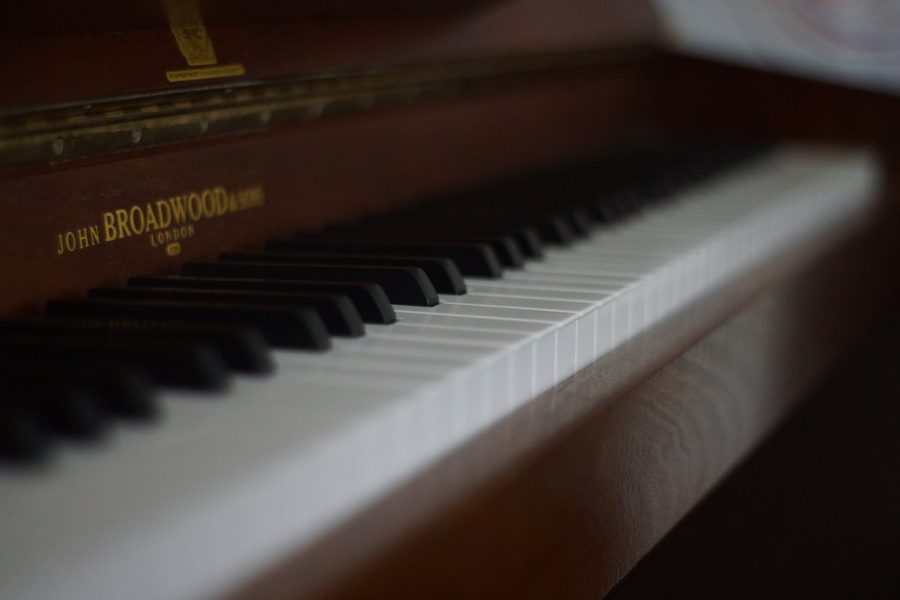Why you should practice classical music
Apr 15, 2021
Many have long believed that classical music improves mathematical abilities. Sure, there are obvious mathematical benefits to learning how to read classical music. For example, each piece comes with a time signature, which helps young children understand fractions and simple multiplication and division. The benefits of studying classical music, however, extend far beyond third-grade math. Since beginning to study classical music in kindergarten, I have developed not only my piano playing and rhythm but also a deep appreciation for music and art.
While the complex and often rambling musical stylings of Liszt and Chopin can seem overwhelming or aimless, the harmonic progressions create meaning when played quickly. For example, Chopin’s “Winter Wind” (Op. 25: No. 11 in A Minor) perfectly encapsulates the harsh, sudden winds of winter. Additionally, the piece demonstrates impressive technical ability — coupling skill and aural imagery for a dimensional and robust experience. This imagery, however, hinges upon the rapid and complicated progression of notes.
Furthermore, classical music often helps listeners better grasp music theory. Many pieces shift keys and change time signatures multiple times. Understanding music theory unlocks a deeper appreciation for the technical precision of good musical compositions. Again, the piece goes beyond its artistic meaning and becomes a feat of technique. This is similar to observing a hyper-realistic painting and being stunned by the uncanny abilities of the artist.
Modern pop music, while catchy and enjoyable, cannot compare to the intricacy of classical compositions. Most pop songs feature the same tired four-chord progressions and are severely lacking in any interesting technique. To fully comprehend tonal scope, listening to classical music is essential.
Besides fostering a greater artistic appreciation, classical music also connects people from all backgrounds. While pop songs might alienate some listeners who cannot relate to the message or don’t speak the language, classical music reaches its audience in an abstract form. It is simply tones and dynamics governed by time signatures and note values. There are no limits on its interpretation.
Modernist authors strived to make their words into music — something that achieved abstract perfection. Music, they thought, was like arithmetic and algebra; it is ordered and inherent yet flexible. The desire to pursue music as the ultimate form of artistic rendition is visible in W. B. Yeat’s “Words for Music Perhaps and Other Poems” and T.S. Eliot’s “The Love Song of J. Alfred Prufrock.” These seemingly perennial poets aim to achieve what they view as perfection: music.
In addition to helping readers decipher the intentions of great authors, practicing classical music serves as a way to reflect and unpack stress. When I am overwhelmed, I let it out on the piano. It feels good to make organized noise.
I encourage everyone to try their hand at making some beautiful, boundless noise. Here are a few of my favorites: Dvořák’s “8 Humoresques, Op. 101, B. 187: No. 7,” Debussy’s “Arabesque” and Bach’s “Prelude No. 2 in C minor.”
As Plato said, “Rhythm and harmony find their way into the inward places of the soul.”













